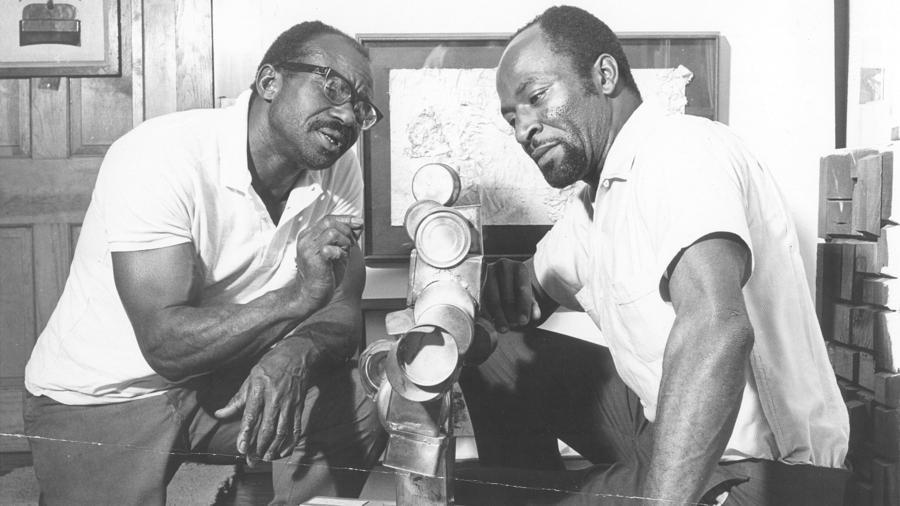Fifty years ago today, the Watts rebellion erupted in Los Angeles, triggered by the drunk-driving arrest of a black motorist in the largely African American neighborhood of Watts. In the LA Times, historian Robin D. G. Kelley recalls the black cultural renaissance that followed the riots, with self-organized art groups and civil society organizations emerging in the areas of Los Angeles hardest hit by government disinvestment and police brutality. Kelly’s story serves as a counterhistory of the rebellion and its aftermath, emphasizing black creativity and autonomy rather than the disorder and social decay usually associated with the rebellion:
The rebellion grew not from chaos but from a mobilized community seeking change. And six days of violence could not destroy the community or its institutions.
As the historian Daniel Widener has documented, a sense of revolt also found expression in a local arts movement dedicated to community self-determination. In 1961, pianist Horace Tapscott founded the Underground Musicians Assn., a jazz collective devoted to community performance and education. In 1964, an accountant named James Woods and poet Jayne Cortez launched Studio Watts, a collective of writers, dancers and visual artists who fought to create affordable housing. That same year sculptor Noah Purifoy became director of the Watts Towers Arts Center and, with fellow staffers R. Judson Powell and Sue Welch, taught art to neighborhood children.
In short, Watts was no urban wasteland. Despite poverty and discrimination, a dynamic civil society prevailed. The rebellion grew not from chaos but from a mobilized community seeking change. And six days of violence could not destroy the community or its institutions, although they did change in character.
Image: Local activists and educators Noah Purifoy and Judson Powell in the the Watts Towers Art Center in 1966. (Noah Purify Foundation / LACMA). Via LA Times.
